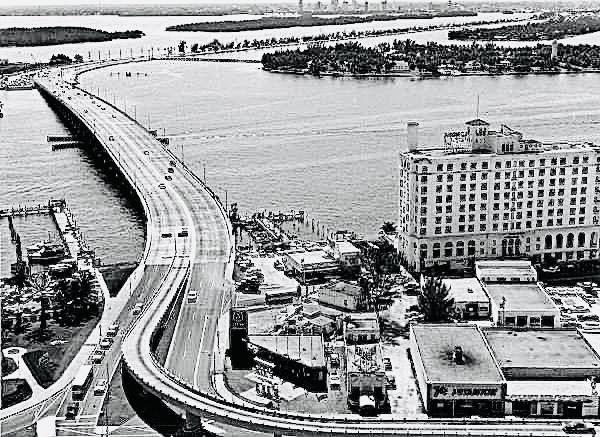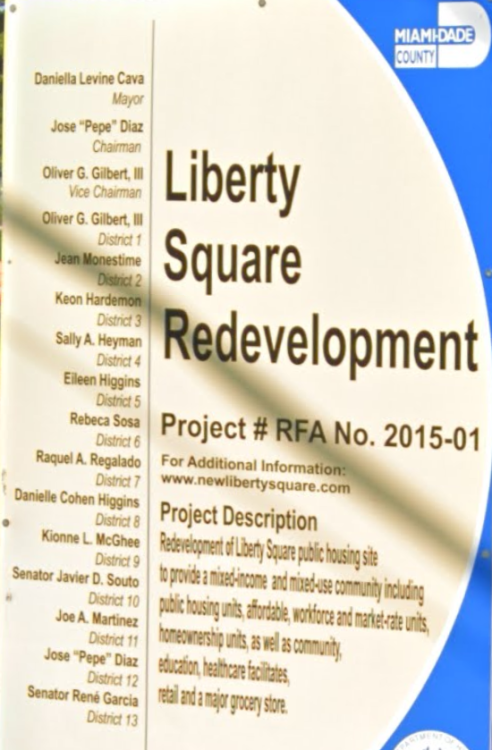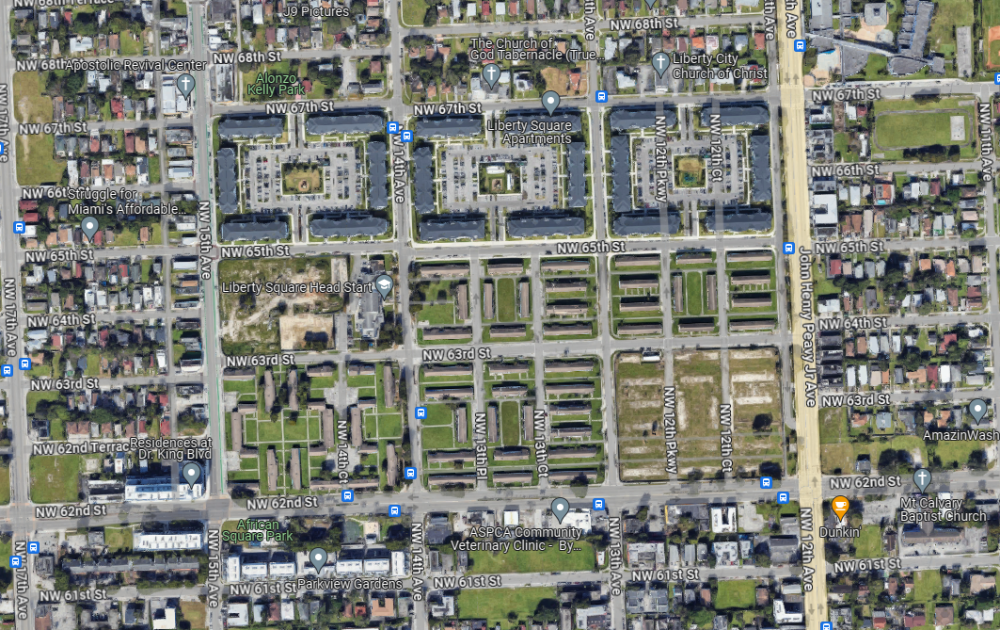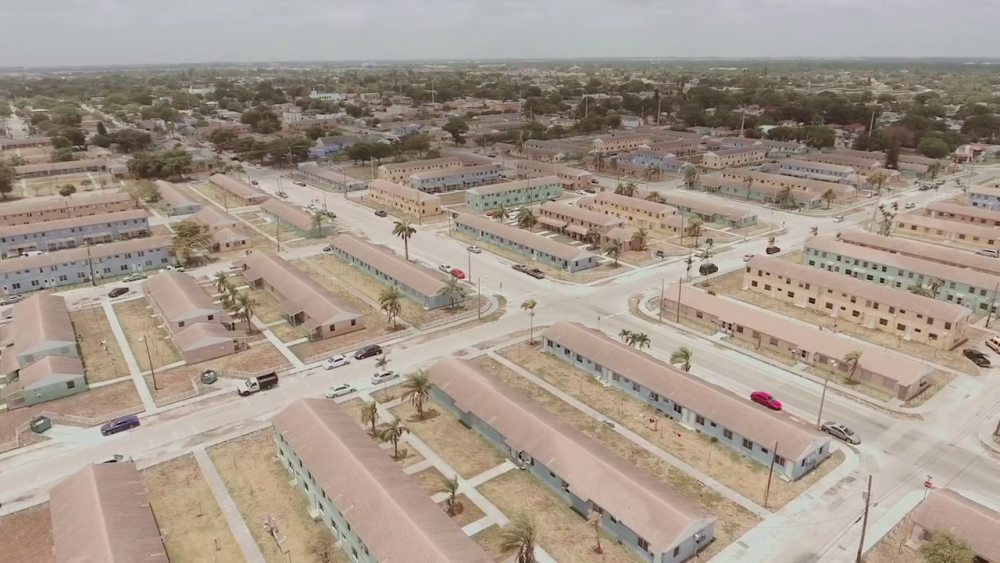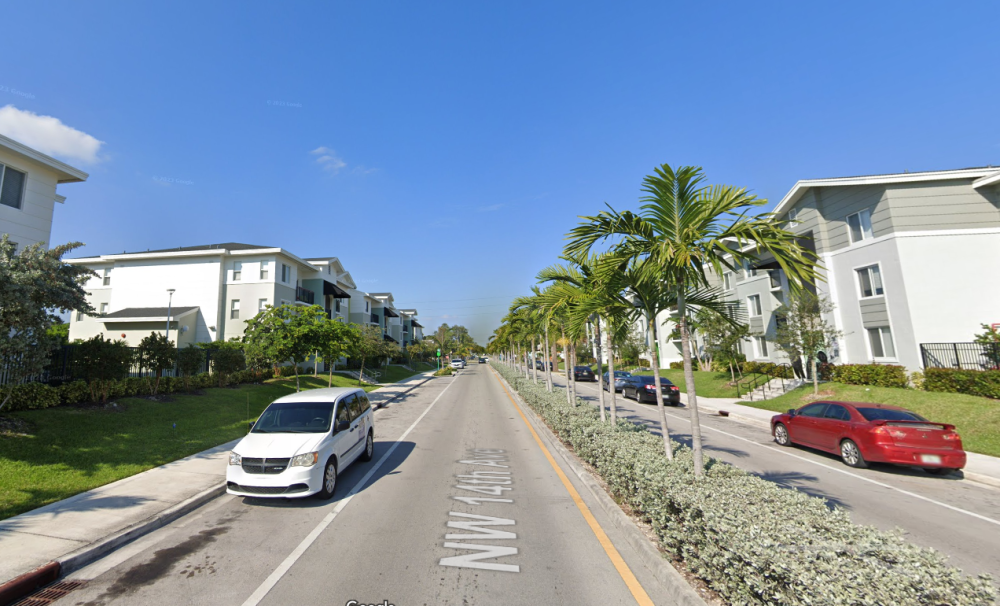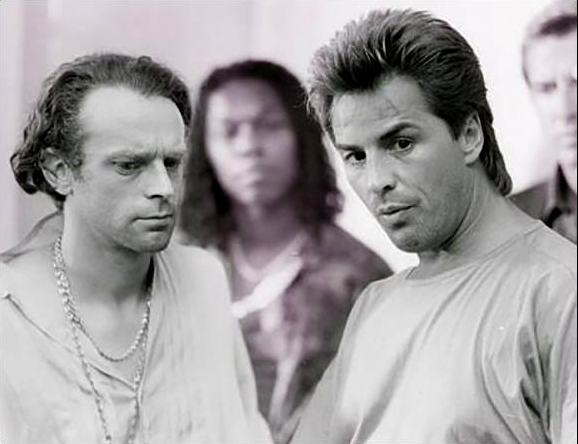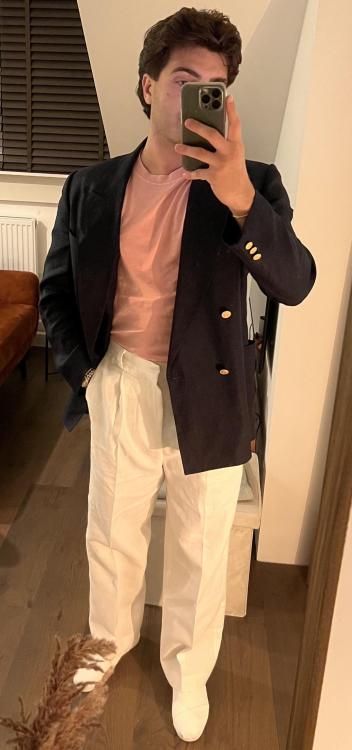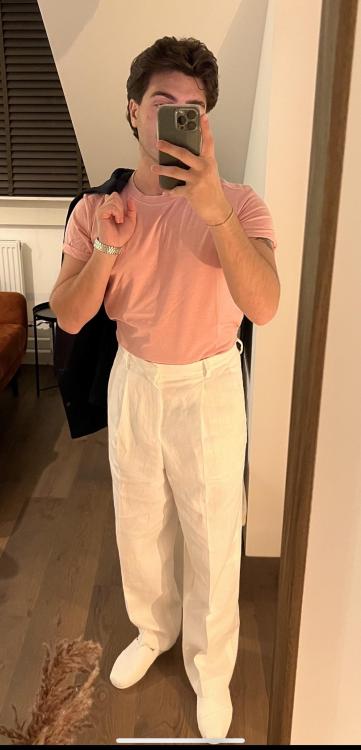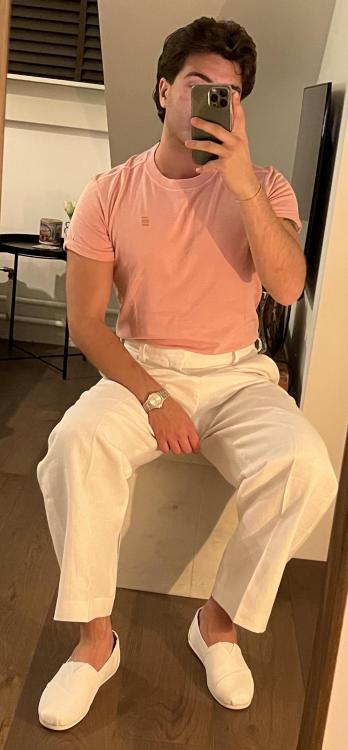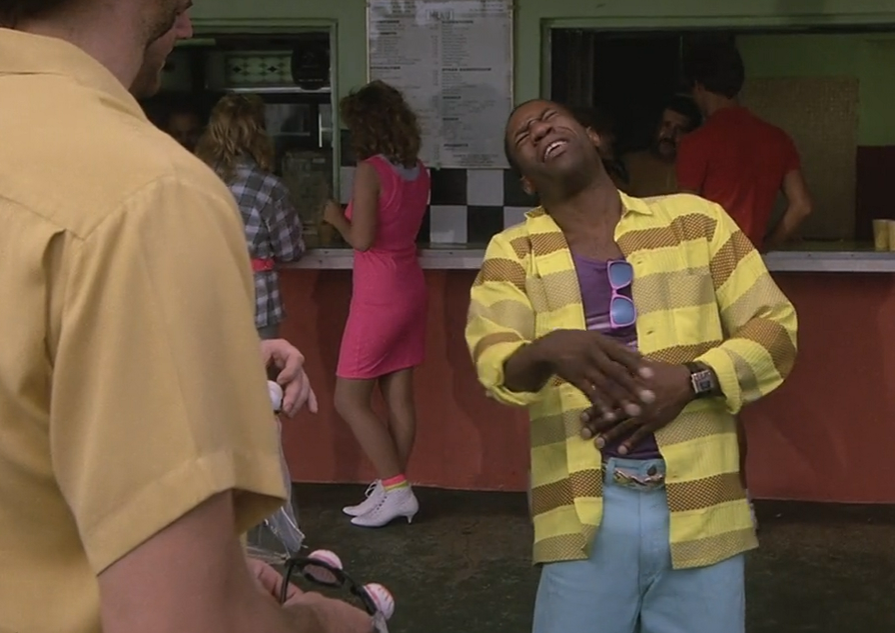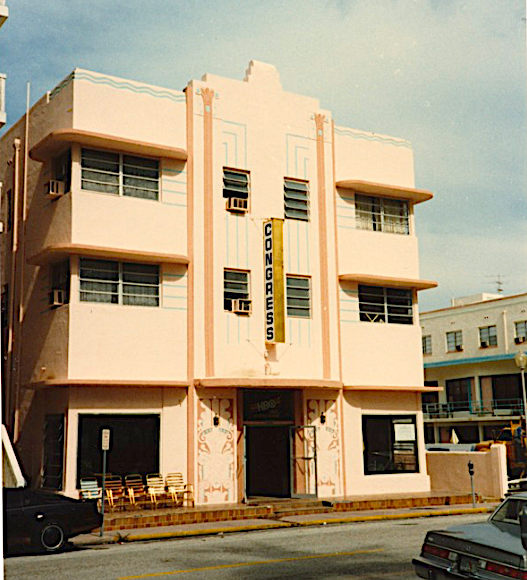Leaderboard
Popular Content
Showing content with the highest reputation on 04/05/2024 in all areas
-
In terms of the west coast and poverty, I can speak only to the LA area, and the building types in the impoverished neighborhoods are closer to the Miami area than NY, Chicago, or Philly. There are/were no mid-rise housing projects and many poor neighborhoods are simply older homes from before WWII that were left for the postwar suburban developments, the so called “white flight”. This is reflective of the individual city’s built history more than the level of poverty. Amongst the high and mid-rise buildings of NY and Chicago, land was expensive so the projects were more dense. I would agree with Tom also, that the 80’s and 90’s were far more violent than now as the gang wars in LA over drug trafficking became headline news then. One area of my city became notorious for the gang activity, North Long Beach. The term LBC was used in reference to the Crips who controlled the area. Snoop Dog and others wrote about these experiences in their lyrics. When I have brought this up to people, that the violent crime is considerably less today, not just here but in general in the nation, most don’t believe it, but it’s true. I also think the current model of inclusion of affordable housing throughout the community, rather than concentrating the poor in housing projects is a much better way. It has been proven more successful over the last 3 decades as well. The problem is the slow pace of this change and rising poverty rates, sadly.3 points
-
They filmed some ghetto driving scenes in "The good collar" at the Liberty Square Housing project. Other than that they never used that area and only rarely Liberty City (the cemetery in El Viejo) or even Allapattah (most other ghetto scenes in The good collar were filmed around NW36 Street). All other "ghetto" scenes in the series were staged somewhere else, mostly downtown or Miami Beach (e.g. Love at first sight when they arrest Chou Chou). A second episode with lots of ghetto scenes is "Childs´play" with lots of filming in downtown near 1000 block of N Miami Ave. But I can confirm first hand that Miami was a much more dangerous place 30 years ago than it is now. There are still bad hoods, but very confined. In the 80s/early 90s you could not even get off the Airport expressway while crossing downtown and even police cars did not dare to let the windows down while driving through Overtown. Not saying that it is all safe now, but Miami is not THE drug inflow center of the US anymore and it shows. Overtown is quite safe now and Wynwood north of Overtown which was a regular combat zone in the 80s is an art district now with lots of galleries and fancy go out places.3 points
-
3 points
-
Just watched this recent documentary about the non-touristy side of Miami - gun violence in the hoods. A depressing view, but certainly a real Miami life beyond the glitter of South Beach, Brickell and other typically covered neighborhoods. From Allapattah to Opa-locka, the film focuses on Northwest Dade as it is made by a local young man who successfully "got out", though there are plenty of similarly blighted neighborhoods in the Southwest Dade. I wonder how often Miami Vice ventured out to filming the show into these areas and not "just" Little Havana. @Tom you might have a quick answer from the top of your head. The film covers a few sadly common stories of people gunned down in gang related shootings, including children, as well as positives like Miami's Circle of Brotherhood which aims to engage the black youth away from destructive street influence and into constructive development. I'm certainly not an expert on the subject, but what I noticed about South Florida hoods (define as you will) is that the urban fabric is usually one-story homes. We don't have high-rise projects like New York or Chicago, or streets of row houses like Baltimore or Philly. I don't know if it changes the dynamics through lower concentration of people, but I believe the overall view is that Miami is "not as bad" as the places up north (can't speak for the West Coast, maybe @pahonu has an insight). As a side note, gentrification is unstoppable, and I mean the good kind like building new affordable (whatever that currently means in Miami) and workforce housing. I was just looking at what I assume is, pardon the term, the hoodest hood - these simple barracks-looking homes in Liberty City. By the way note the lack of vegetation and burnt out lawns. Studies have shown that presence of trees and other greenery has a positive effect on mental health, not to mention surface temperatures in Miami. Lack thereof, consequently, has an opposite effect. So there used to be 9 blocks of these there just few years ago, easily identifiable in the center of this historic aerial: Now there is only 4 left and I assume they will be all gone soon: as the Related Group is building the following - see the project description below. Jorge Pérez is certainly a staple in Miami and has been building not only luxury skyscrapers but also affordable housing for decades. The new streets look much better: I can only assume that the residents of the razed homes will now reside in these new homes and are not just pushed out elsewhere. The website says the "apartments range in area median income (AMI) of 50%, 60%, 80% and 120%". Here are the actual prices, though I'm not sure how to interpret the AMI number directly below the price: E.g. are you only eligible for that $1,091 one bed one bath if you are at or below 60% of the AMI? I encountered other workforce housing by Related, in Brickell (!), where the rent was just capped at $900 or 30% of your income, whatever is lower, which sounds like a better deal. If I remember correctly, don't quote me on that.2 points
-
My happy birthday song got no strikes on YouTube, and it’s LADEN with elements from Crockett’s Theme.2 points
-
Happy Birthday is out of copyright now, but interestingly it’s only been in the public domain for less than 10 years. There’s a complex and fascinating story about the whole thing. Google “happy birthday copyright history” if you’re interested.1 point
-
1 point
-
1 point
-
1 point
-
I have just bought this watch. It is a Day Date Homage model. There are a quite lot model out there to look out for which are very similar to the Rolex Day Date. The case is 36mm just like the Rolex and the shape is identical also. Other makes: - Bulova Super Seville Day Date - Orient President Day Date - Jules Jurgensen Day Date - Dugena Day Date - Seiko 5 7009-3110 (this is not identical, this isnt a homage model BUT very similarly looking model, it is a very stylish one also, certainly one I would go after and will most likely in the future.)1 point
-
1 point
-
https://www.ebay-kleinanzeigen.de/s-anzeige/ebel-1911-chronograph-el-primero-miami-vice-/2378125948-156-1946 I am not into watches so I don't know the real market price of the Ebel 1911 Chronograph, but I naturally prefer the gold version, worn by Crockett. This silver is also a great peace, gives a more moderate look. I am not in a position to buy a wristwatch for this much money, but certainly will dig a little bit deeper in this topic, because I have to admit, they add a lot to the actual look.1 point
-
1 point



